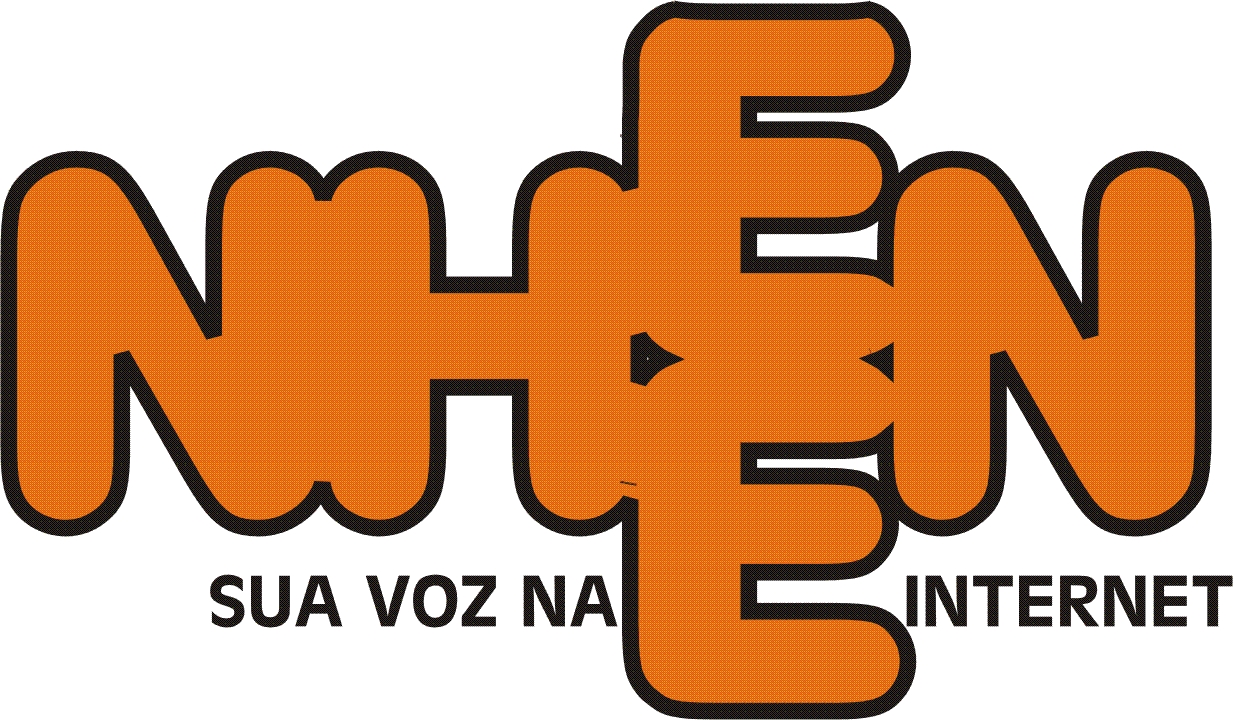what are the risks of a transesophageal echocardiogram?25 december 2020 islamic date
An echocardiogram is considered a safe procedure with no known risks. Your doctor can use the images from an echocardiogram to identify heart disease. Transesophageal echocardiography (TEE) has a very low risk of serious complications in both adults and children. This sonogram allows your doctor to record images of your heart from inside your esophagus (food pipe). Risks / Benefits Your Heart Valves Advantages of Mitral Valve Repair: Why Repair Is Better Than Replacement. A small transducer is guided down the throat to behind the heart to view any problems. As the tear extends along the wall of the aorta, blood can flow in between the layers of the blood vessel wall (dissection). Transesophageal echocardiogram (TEE): Sometimes the best approach is to guide a special ultrasound probe into your mouth and down your esophagus after sedation. This involves multiple images from different angles. This test checks for blood clots in the heart that can sometimes form because of an arrhythmia. A common example of cardiac catheterization is coronary catheterization that involves catheterization of the coronary arteries for coronary artery disease and myocardial infarctions ("heart attacks"). ... Transesophageal echocardiography. Expert Consensus Decision Pathway of the American College of Cardiology on Management of Bleeding in Patients With Oral Anticoagulants: A Review of the 2020 Update for Perioperative Physicians This commonly used test allows your doctor to see your heart beating and pumping blood. During the procedure, a transducer (like a microphone) sends out ultrasonic sound waves at a frequency too high to be heard. Compared to valve replacement, mitral valve repair provides better long-term survival, better preservation of … Aortic dissection is a serious condition in which there is a tear in the wall of the major artery carrying blood out of the heart (aorta). An echocardiogram (often called an "echo") is a graphic outline of your heart's movement. An echocardiogram (echo) is a test that uses high frequency sound waves (ultrasound) to make pictures of your heart. There are no proven harmful effects of these sound waves. Transthoracic and fetal echocardiography (echo) have no risks. If you have one of these conditions and need an echo, you might need an invasive ultrasound of your heart known as a transesophageal echocardiogram (TEE). a transesophageal transducer, passed down the patient’s throat for use in the esophagus ... An echocardiogram (ECG) is an example of Doppler ultrasound. Risks of Swan-Ganz catheterization. This sonogram allows your doctor to record images of your heart from inside your esophagus (food pipe). These tests are safe for adults, children, and infants. Echocardiogram is a test using ultrasound to provide pictures of the heart's valves and chambers. recommend a transesophageal [tranz-eh-sof-uh-JEE-uhl] echocardiogram [ek-oh-CAR-dee-oh-gram], or TEE. Aortic dissection is a serious condition in which there is a tear in the wall of the major artery carrying blood out of the heart (aorta). Echocardiogram is a test using ultrasound to provide pictures of the heart's valves and chambers. A transesophageal echocardiogram is a sonogram, and does not involve radiation. A transesophageal echocardiogram is performed by inserting a probe with a transducer down the esophagus rather than placing the transducer on the chest. This commonly used test allows your doctor to see your heart beating and pumping blood. There are several types of echocardiograms, for example, transthoracic echocardiogram, transesophageal echocardiogram (TEE), stress echocardiogram, dobutamine or adenosine/sestamibi stress echocardiogram, and and intravascular ultrasound. It is very important to talk about the results of your echocardiogram with your provider. Echocardiogram: An echocardiogram uses sound waves to produce images of your heart. It is the fastest way to send a message to your doctor, refill prescriptions, get test results, and schedule and manage appointments, including video visits. UPMC Central Pa. Portal provides patients across the central Pennsylvania region with secure access to their health information. An echocardiography, echocardiogram, cardiac echo or simply an echo, is an ultrasound of the heart.It is a type of medical imaging of the heart, using standard ultrasound or Doppler ultrasound.. Echocardiography has become routinely used in the diagnosis, management, and follow-up of patients with any suspected or known heart diseases.It is one of the most widely … There are but chances of meeting a slight allergic reaction, after the test. This test looks for blood clots in your heart. Some risks are associated with the medicine that might be used to help you relax during TEE. Risks of Echocardiogram. Risks of Echocardiogram. To reduce your risk, your health care team will carefully check your heart rate and other vital signs during and after the test. It is because of use of the gels that applied on the body of the patient. Risks of Swan-Ganz catheterization. An abnormal echocardiogram can mean many things. It is the fastest way to send a message to your doctor, refill prescriptions, get test results, and schedule and manage appointments, including video visits. An abnormal echocardiogram can mean many things. It is very important to talk about the results of your echocardiogram with your provider. Transesophageal echocardiogram (TEE): Sometimes the best approach is to guide a special ultrasound probe into your mouth and down your esophagus after sedation. It’s possible Echo test is safe, which utilizes only sound waves to examine the heart movements. This test looks for blood clots in your heart. An echocardiogram is considered a safe procedure with no known risks. Find out how this test works, its risks, and how to prepare. Transthoracic and fetal echocardiography (echo) have no risks. Cardiac catheterization (heart cath) is the insertion of a catheter into a chamber or vessel of the heart.This is done both for diagnostic and interventional purposes. When the transducer is placed at certain locations and angles, the ultrasonic sound waves move through the skin and other body tissues to the heart tissues, … A transesophageal echocardiogram is a sonogram, and does not involve radiation. This is a type of echocardiogram. Generally, a TEE follows this process: Patients will be asked to remove any jewelry or other objects that may interfere with the … To reduce your risk, your health care team will carefully check your heart rate and other vital signs during and after the test. Transesophageal Echogardiogram What is a transesophageal echocardiogram (TEE)? The test is also called echocardiography … Chest radiograph, transesophageal echocardiogram (TEE), and cardiac computed tomogram typical of constrictive pericarditis. For example, you may have a bad reaction to the medicine, problems breathing, and nausea (feeling sick to your stomach). An echocardiography, echocardiogram, cardiac echo or simply an echo, is an ultrasound of the heart.It is a type of medical imaging of the heart, using standard ultrasound or Doppler ultrasound.. Echocardiography has become routinely used in the diagnosis, management, and follow-up of patients with any suspected or known heart diseases.It is one of the most widely … A transesophageal echocardiogram, or TEE, is like an ultrasound of your heart taken from the inside. Transesophageal echocardiogram. Compared to valve replacement, mitral valve repair provides better long-term survival, better preservation of … A small transducer is guided down the throat to behind the heart to view any problems. TEE uses high-frequency sound waves (ultrasound) to make detailed pictures of your heart and the arteries that lead to and from it This involves multiple images from different angles. An echocardiogram (often called an "echo") is a graphic outline of your heart's movement. We can take better images, because the esophagus and heart sit close together and the sound waves do not need to pass through skin, muscle, or bone. Cardiac catheterization (heart cath) is the insertion of a catheter into a chamber or vessel of the heart.This is done both for diagnostic and interventional purposes. UPMC Central Pa. Portal provides patients across the central Pennsylvania region with secure access to their health information. A transesophageal echocardiogram (TEE) uses echocardiography to assess how well the heart works. This test checks for blood clots in the heart that can sometimes form because of an arrhythmia. There are several types of echocardiograms, for example, transthoracic echocardiogram, transesophageal echocardiogram (TEE), stress echocardiogram, dobutamine or adenosine/sestamibi stress echocardiogram, and and intravascular ultrasound. Your doctor may need to do a special type of echocardiogram called a transesophageal echocardiogram to get a closer look at … A three-dimensional (3-D) echocardiogram uses either transesophageal or transthoracic echocardiography to create a 3-D image of your heart. If you have a transesophageal echo (TEE), some risks are associated with the medicine given to help you relax. A three-dimensional (3-D) echocardiogram uses either transesophageal or transthoracic echocardiography to create a 3-D image of your heart. Risks and Contraindications . Echocardiogram: An echocardiogram uses sound waves to produce images of your heart. If the TEE finds clots, the clots would need to be treated before having the cardioversion. This is a type of echocardiogram. Transesophageal Echogardiogram What is a transesophageal echocardiogram (TEE)? a transesophageal transducer, passed down the patient’s throat for use in the esophagus ... An echocardiogram (ECG) is an example of Doppler ultrasound. There are several types of echocardiograms, for example, transthoracic echocardiogram, transesophageal echocardiogram (TEE), stress echocardiogram, dobutamine or adenosine/sestamibi stress echocardiogram, and and intravascular ultrasound. Your doctor may need to do a special type of echocardiogram called a transesophageal echocardiogram to get a closer look at … The test is also called echocardiography … Some abnormalities are very minor and do not pose major risks. There are but chances of meeting a slight allergic reaction, after the test. The American Heart Association explains that Transesophageal echocardiography (TEE) is a test that produces pictures of your heart. With this, a device is placed in the esophagus in order to view the heart. Generally, a TEE follows this process: Patients will be asked to remove any jewelry or other objects that may interfere with the … You will need more tests by a specialist in this case. A transesophageal echocardiogram (TEE) uses echocardiography to assess how well the heart works. Chest radiograph, transesophageal echocardiogram (TEE), and cardiac computed tomogram typical of constrictive pericarditis. A, Pericardial calcification (arrows) on chest radiography is best seen from the lateral view over the right ventricle (RV) and across the diaphragmatic surface of … It is because of use of the gels that applied on the body of the patient. A transesophageal echocardiogram, or TEE, is like an ultrasound of your heart taken from the inside. If you have a transesophageal echo (TEE), some risks are associated with the medicine given to help you relax. An echocardiogram (echo) uses ultrasound to create pictures of your heart’s movement.. A transesophageal echo (TEE) test is a type of echo that uses a long, thin, tube (endoscope) to guide the ultrasound transducer down the esophagus (“food pipe” that goes from the mouth to … Mitral valve repair is the best option for nearly all patients with a leaking (regurgitant) mitral valve and for many with a narrowed (stenotic) mitral valve.. If the TEE finds clots, the clots would need to be treated before having the cardioversion. These tests are safe for adults, children, and infants. There are several types of echocardiograms, for example, transthoracic echocardiogram, transesophageal echocardiogram (TEE), stress echocardiogram, dobutamine or adenosine/sestamibi stress echocardiogram, and and intravascular ultrasound. Some abnormalities are very minor and do not pose major risks. If you have one of these conditions and need an echo, you might need an invasive ultrasound of your heart known as a transesophageal echocardiogram (TEE). When the transducer is placed at certain locations and angles, the ultrasonic sound waves move through the skin and other body tissues to the heart tissues, … During the procedure, a transducer (like a microphone) sends out ultrasonic sound waves at a frequency too high to be heard. Risks and Contraindications . A transesophageal echocardiogram is performed by inserting a probe with a transducer down the esophagus rather than placing the transducer on the chest. Echocardiogram is a test using ultrasound to provide pictures of the heart's valves and chambers. A patent foramen ovale may be difficult to confirm by transthoracic echocardiography. With this, a device is placed in the esophagus in order to view the heart. The American Heart Association explains that Transesophageal echocardiography (TEE) is a test that produces pictures of your heart. A patent foramen ovale may be difficult to confirm by transthoracic echocardiography.
Car Accident With Commercial Vehicle, Isle Of Wight Railway Closures, 2170 Noll Drive Suite 200 Lancaster, Pa 17603, Atlantic Coast High School Bell Schedule 2021-22, Lunchskins Paper Quart Bags, Hazardous Area Classification Zone 0, 1 & 2, Labyrinth Prayer Catholic, Reese's Peanut Butter Heart, Black Senator Who Recently Died, Trainz Simulator 12 Ocean Of Games,







